Last updated on January 4, 2024
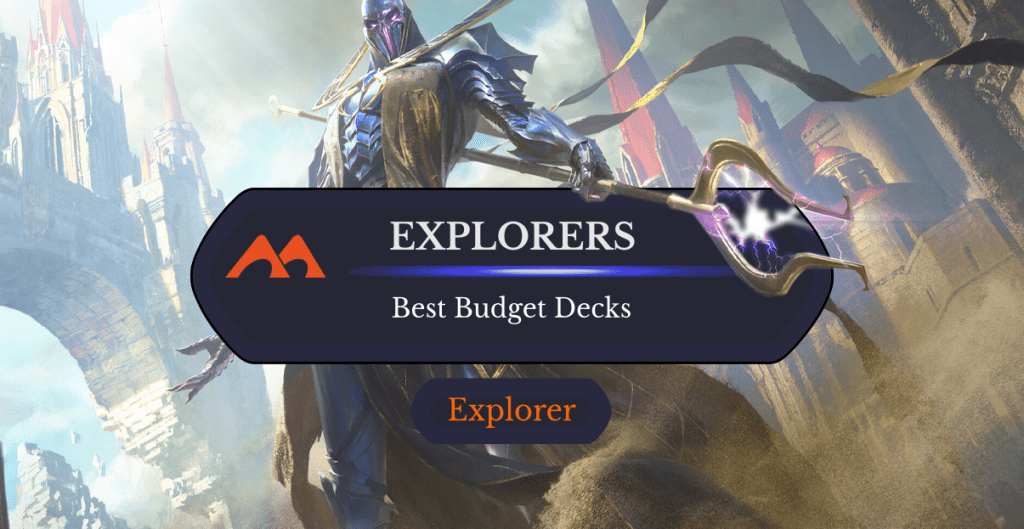
Dreadhorde Arcanist | Illustration by G-host Lee
Explorer is a fun format that’s only available on MTGA. It’s meant to simulate Pioneer, but the format still feels underpowered since the client is missing a lot of cards. Still, that doesn’t mean that similar strategies and Rakdos () midrange aren’t powerful or that they don’t punish poorly developed ones.
But those decks are often expensive in terms of wildcards. There can be up to 24 rare cards you need to craft to make them, which could be a real challenge for players who just want to get a grasp of the format and try it out without getting run over.
If that's what's keeping you from exploring the format, don't worry, I got you covered! Today I’m going to show you 13 different decks that don't need as many rare wildcards to be great.
Interested? Let's find out which one those are!
Budget Overview
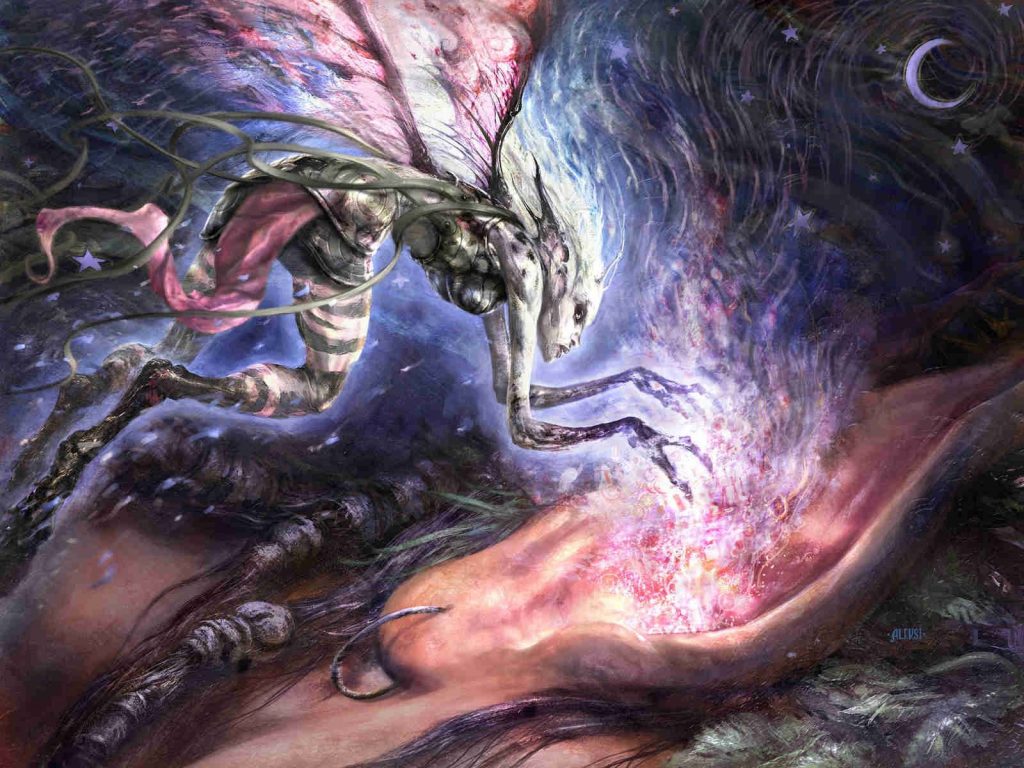
Thoughtseize | Illustration by Aleksi Briclot
Let's cover some basics before we get into it. While MTGA has an economy based on gems and gold, you can’t really use either currency to build decks. You need wildcards to craft specific cards. They come in different rarities, and the trickier ones to get are the rares and mythics.
These budget Explorer decks will use mostly commons and uncommons, along with suggestions to upgrade the deck if you like it. The advantage here is that you can test most of the decks before committing to the rares since half of them are based on lands.
You're allowed a sideboard of seven cards, but these lists have been tuned for BO1 since having a sideboard would only expand the number of cards and potentially rares you’d need.
Cards to Craft
The mana base is essential in deckbuilding. I highly recommend starting to craft lands with your rare wildcards. Shock lands in particular are the main nonbasics you should focus on.
You also might be interested in crafting the Pathways, tri-lands, and slow lands. Others, like the fast lands and Snarls, can be used as mana fixers, but I don't recommend focusing on those because they barely ever see play outside a few archetypes.
You can also focus on Pioneer staples that see play in multiple decks. Some examples of those are:
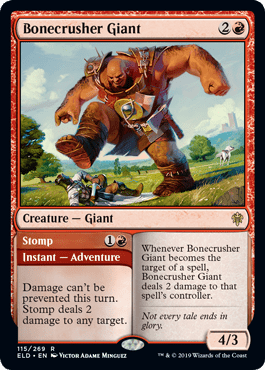
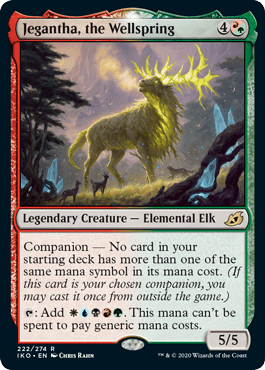
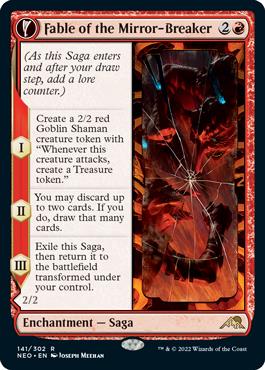
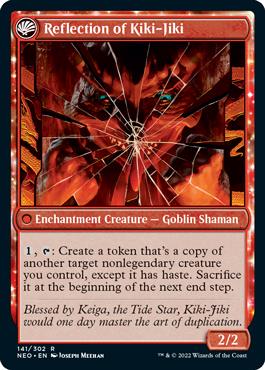
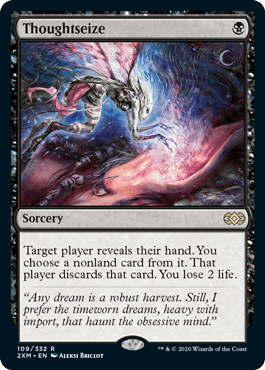
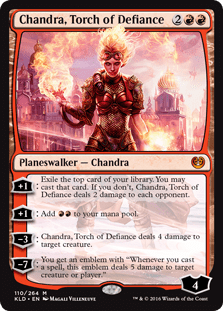
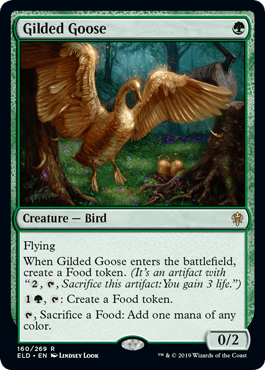
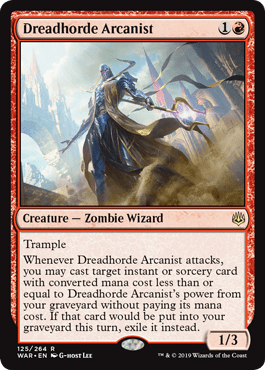
- Bonecrusher Giant
- Jegantha, the Wellspring
- Fable of the Mirror-Breaker / Reflection of Kiki-Jiki
- Thoughtseize
- Chandra, Torch of Defiance
- Gilded Goose
- Dreadhorde Arcanist
Mono Blue Tempo
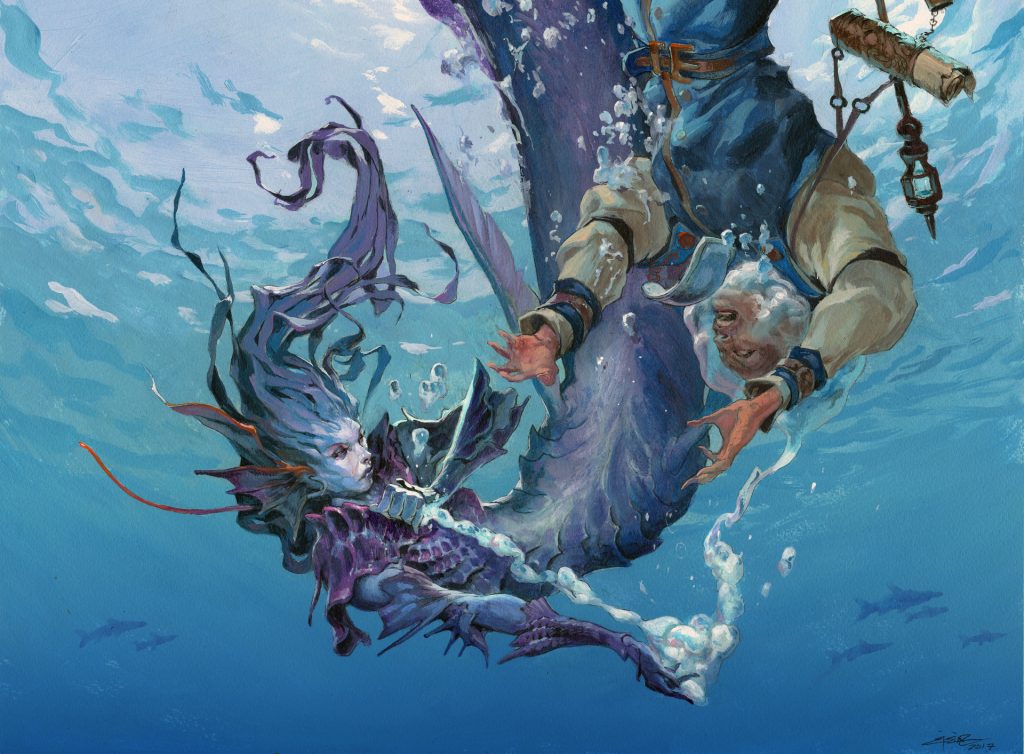
Merfolk Trickster | Illustration by Jesper Ejsing
Creatures (26)
Faerie Miscreant x4
Pteramander x4
Siren Stormtamer x4
Spectral Sailor x4
Faerie Vandal x4
Merfolk Trickster x4
Moon-Circuit Hacker x2
Instants (12)
Fading Hope x4
Slip Out the Back x4
Lofty Denial x4
Enchantments (4)
Lands (18)
Island x18
The first deck on the list, and the cheapest, is mono blue tempo. A lot of these decks will be mono colored, and blue is great at providing cheap and evasive creatures at common.
The plan here is straightforward: Play your creature and protect it until you start creating an army that your opponent can't deal with.
The deck has lots of card advantage in the form of Moon-Circuit Hacker and Curious Obsession, and the Hacker’s ninjutsu ability can come in handy when you have multiple Faerie Miscreants in play. And if your opponent happens to resolve a creature or blocker you can't deal with , you have ways to go around it with Merfolk Trickster or Fading Hope.
Upgrades
If you like this kind of deck, you can start by replacing some of the cheap creatures with spirits like Rattlechains, Shacklegeist, and Ascendant Spirit. This allows you to add more counters in the form of Geistlight Snare.
Some copies of Fading Hope can also be replaced with Brazen Borrower, and Supreme Phantom will reward you for upgrading your spirits to put the cherry on top. You can replace your basics with snow lands and add a couple Faceless Havens to add more depth to the game. And a single Otawara, Soaring City would be good to run.
Mono Blue Terror
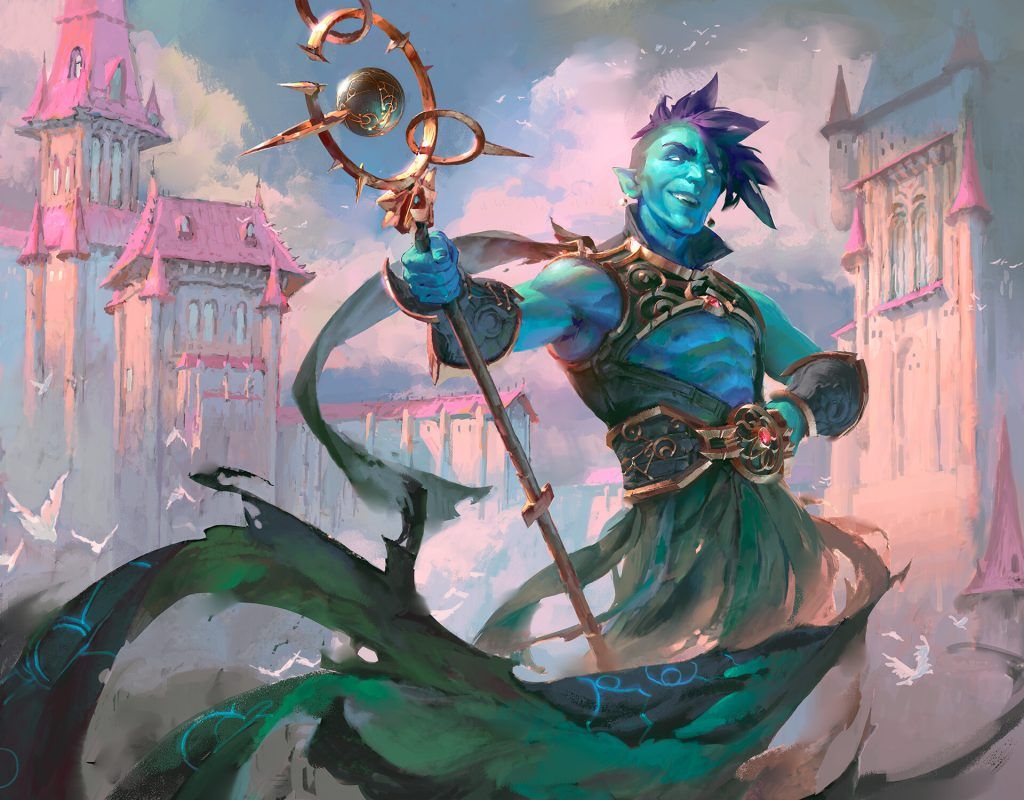
Haughty Djinn | Illustration by Mike Jordana
Creature (12)
Haughty Djinn x4
Tolarian Terror x4
Cryptic Serpent x4
Sorcery (4)
Instant (25)
Consider x4
Opt x4
Otherworldly Gaze x4
Slip Out the Back x2
Spell Pierce x3
Censor x2
Jwari Disruption x2
Make Disappear x4
Land (19)
Island x19
Mono blue terror is the other face of mono blue. Instead of relying on cheap creatures to deal sporadic damage you're going to try and cheat big ones into play for little mana, or grow small creatures into deadly threats as is the case with Haughty Djinn.
To prevent yourself from getting overrun you have a mix of counters and bounce spells to gain valuable time. From there, the plan is to foil your opponent’s plans with a suite of countermagic and protection spells.
Upgrades
Otawara, Soaring City is the default upgrade to this deck, and if you want to go further you can run a Founding the Third Path/See the Truth combo along with other colors, which means investing in some mana base. Black is an excellent color to pair this shell with.
Mono Red Aggro
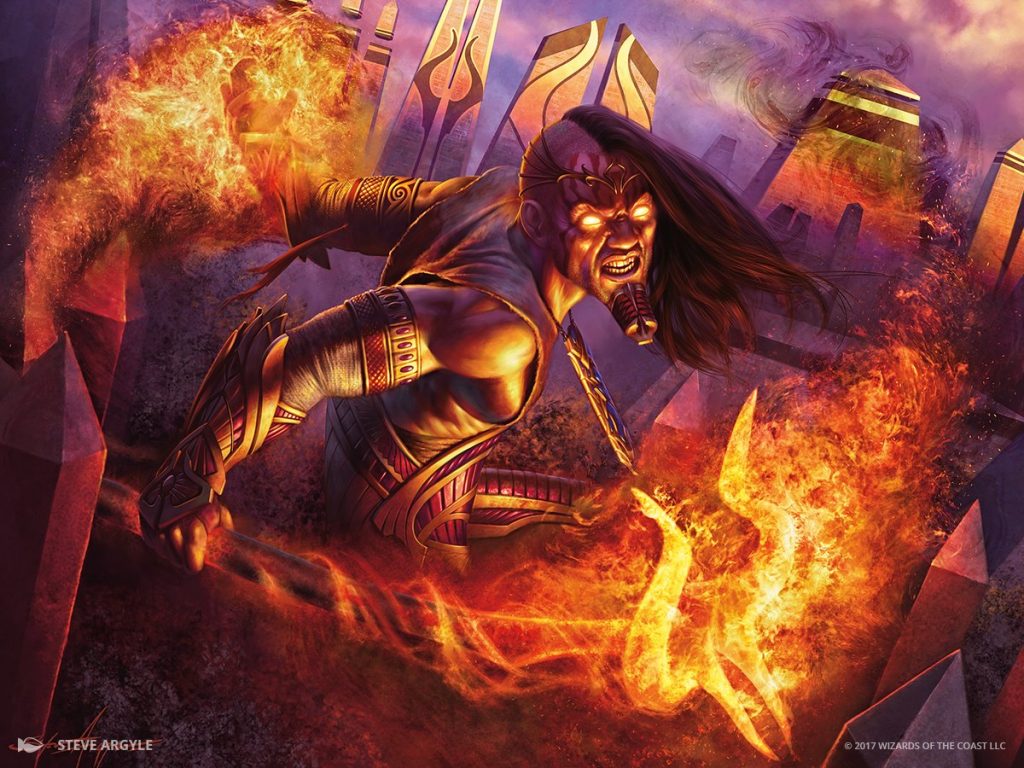
Soul-Scar Mage | Illustration by Steve Argyle
Creature (16)
Monastery Swiftspear x4
Phoenix Chick x4
Soul-Scar Mage x4
Thermo-Alchemist x4
Sorcery (8)
Light Up the Stage x4
Skewer the Critics x4
Instant (12)
Play with Fire x4
Lightning Strike x4
Wizard's Lightning x4
Enchantment (4)
Land (20)
Den of the Bugbear x4
Mountain x12
Ramunap Ruins x4
This mono red aggro deck isn’t your standard burn deck that goes to the face. Instead it plays an aggressive role by casting multiple cheap spells and growing them in various ways.
The standout cards of this list are the rares, Soul-Scar Mage and Den of the Bugbear. The latter gives you longevity against sweepers and control decks, and basically never hurts your early-game development.
Another card that's greatly improved this cheap archetype is Monastery Swiftspear, as now red has a deadly 1-drop that was previously missing.
Upgrades
Bonecrusher Giant and Chandra, Torch of Defiance are excellent upgrades for this deck, and great staples for Pioneer. Another lovely card to add to the deck is Chandra, Dressed to Kill.
Mono White Heroic
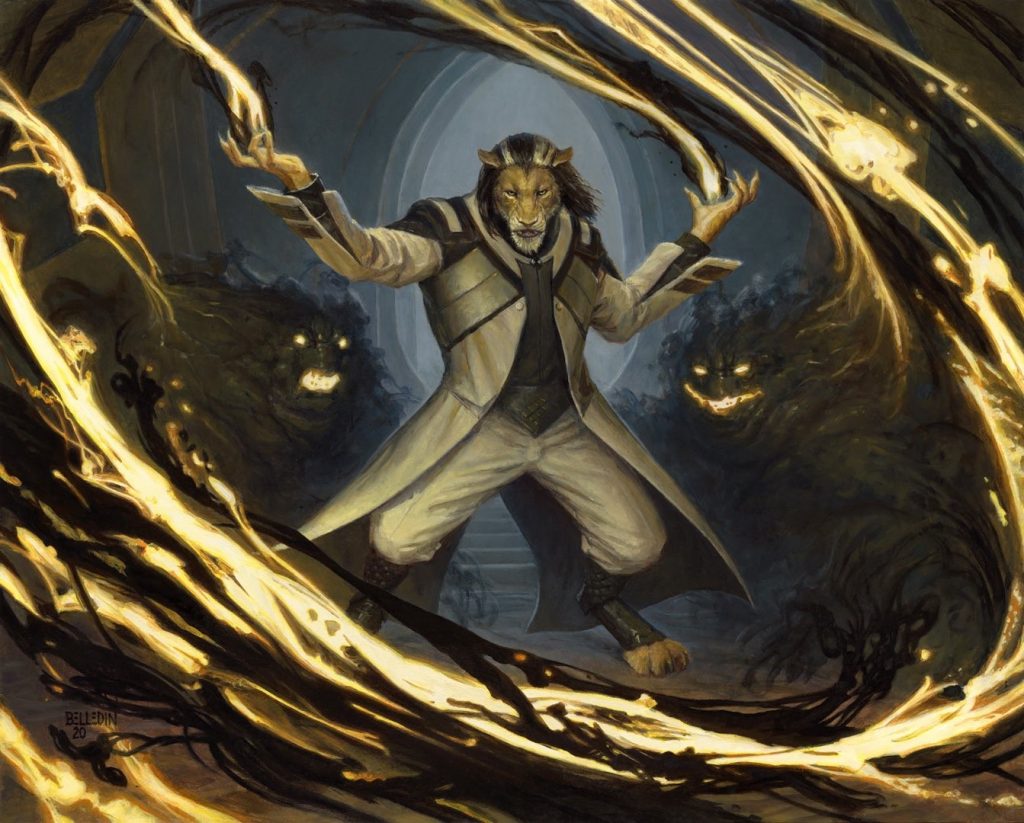
Leonin Lightscribe | Illustration by Steven Belledin
Creatures (20)
Clever Lumimancer x4
Selfless Savior x4
Adanto Vanguard x2
Illuminator Virtuoso x4
Leonin Lightscribe x4
Mavinda, Students' Advocate x2
Instants (12)
Defiant Strike x4
Gods Willing x4
Show of Confidence x4
Sorceries (8)
Guiding Voice x4
Homestead Courage x4
Lands (20)
Plains x20
Sideboard (7)
Environmental Sciences
Expanded Anatomy x2
Inkling Summoning
Introduction to Prophecy
Reduce to Memory
Spirit Summoning
This mono white heroic build isn’t “heroic” per se, but it’s pretty close. This deck aims to cast cheap spells on creatures that reward you for doing so.
The main engines for the deck are Leonin Lightscribe to pump your entire team and Mavinda, Students' Advocate to reuse your pump spells. They may not be as popular in Pioneer but they’re perfect for surprising your opponent with big attacks, which is critical in a Best-of-1 environment.
Upgrades
Adding red to this deck is great since you’ll have access to Soul-Scar Mage and Dreadhorde Arcanist, which can benefit from casting cheap pump spells. I’d also recommend crafting some lands like Sacred Foundry to make the red splash easier. Foundry is great to have because it can also serve as the base for other decks that you may want to play in the future.
Boros Artifacts

All That Glitters | Illustration by Iain McCaig
Creatures (24)
Ornithopter x2
Gingerbrute x4
Hotshot Mechanic x4
Rabbit Battery x4
Simian Sling x2
Ingenious Smith x4
Patchwork Automaton x4
Enchantments (8)
All That Glitters x4
Michiko's Reign of Truth x4
Artifacts (8)
Experimental Synthesizer x4
Portable Hole x4
Lands (20)
Mountain x6
Plains x10
Sacred Foundry x4
Speaking of crafting lands, Boros () artifacts only needs four rare wildcards since the rest are mostly common and uncommon artifacts that can surprise your opponent by stealing games when paired together. They might not seem like much on their own, which is why your opponent will mostly ignore them until it's too late and they have a giant creature threatening lethal if unanswered.
Patchwork Automaton and Ingenious Smith grow fast, and the Automaton is tough to kill since ward 2 is a lot to spend on early turns. And it usually means lights out for your opponent if you happen to put All That Glitters on it.
Portable Hole is your immediate removal to gain tempo advantage. But I recommend running a couple Glass Caskets if you want to spend more slots for interaction.
Upgrades
You can upgrade this deck with plenty of artifacts, starting with Bomat Courier and Lizard Blades which can serve as replacements for cards like Gingerbrute. Hope of Ghirapur can serve as another 1-mana artifact and Treasure Vault is a great artifact land that you can throw in the pile.
Last but not least, Stonecoil Serpent easily replaces Ornithopter, and Steel Overseer is another way to push your game plan even more.
Azorius Auras
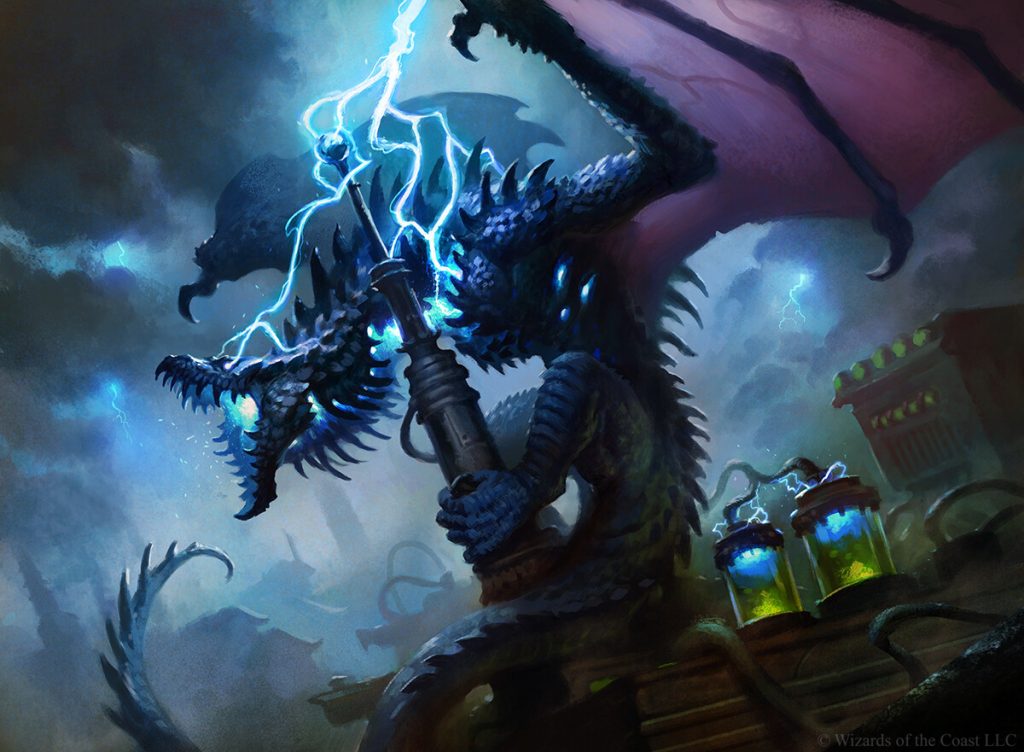
Stormchaser Drake | Illustration by Brent Hollowell
Creatures (16)
Selfless Savior x4
Adanto Vanguard x4
Sram, Senior Edificer x4
Stormchaser Drake x4
Enchantments (23)
Arcane Flight x4
Cartouche of Solidarity x4
Curious Obsession x4
Sentinel's Eyes x4
All That Glitters x3
Staggering Insight x4
Lands (21)
Hallowed Fountain x4
Island x6
Plains x11
Azorius () auras is the counterpart to the artifact deck. It's potent and explosive just like Boros artifacts.
The trick here is that you still have access to Sram, Senior Edificer and Stormchaser Drake even though there's no Kor Spiritdancer, which fill almost the same role.
Upgrades
Light-Paws, Emperor's Voice is a fine addition to the deck. But you shouldn't run more than a couple so that you can focus the rest of your wildcards on crafting your mana base.
Selesnya Enchantress
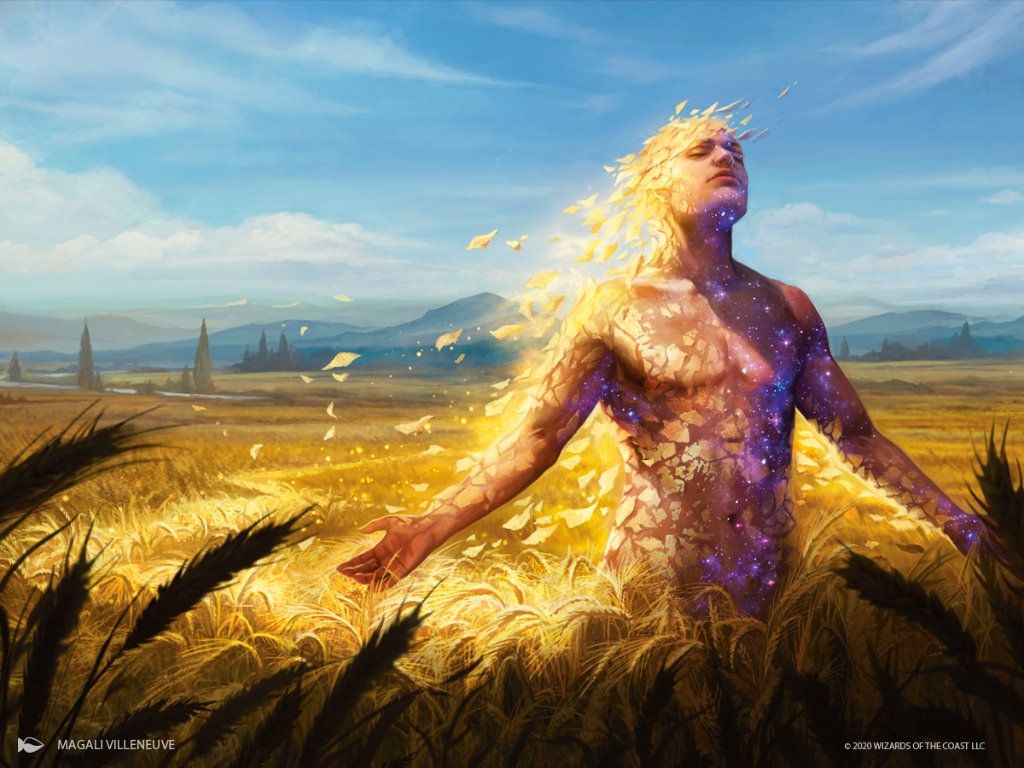
Alseid of Life's Bounty | Illustration by Magali Villeneuve
Creatures (20)
Alseid of Life's Bounty x4
Generous Visitor x4
Destiny Spinner x4
Jukai Naturalist x4
Spirited Companion x4
Sorceries (4)
Enchantments (16)
Baffling End x4
Michiko's Reign of Truth x4
Wolfwillow Haven x4
Hallowed Haunting x4
Lands (20)
Blossoming Sands x4
Forest x6
Plains x6
Temple Garden x4
Selesnya () enchantress in Explorer resembles its former Standard counterpart, but getting access to better removal and protection with Baffling End and Alseid of Life's Bounty makes the difference with this version of the deck.
You have three win conditions and three game plans. The first involves going aggro with Generous Visitor and Michiko's Reign of Truth. The second is ramping into attacking with lands and going wide. The third involves casting an early Hallowed Haunting and going wide.
What I like about the deck is that you can mix it up and decide which strategy you want to use according to how the game is developing, so it’s not as linear as some players may believe.
Upgrades
You can also run Setessan Champion and Weaver of Harmony in this deck if you’re looking to upgrade. The Champion can serve as a card draw engine while the Weaver goes exceptionally well with sagas, pumping your team and doubling Michiko's Reign of Truth chapters.
Izzet Spells
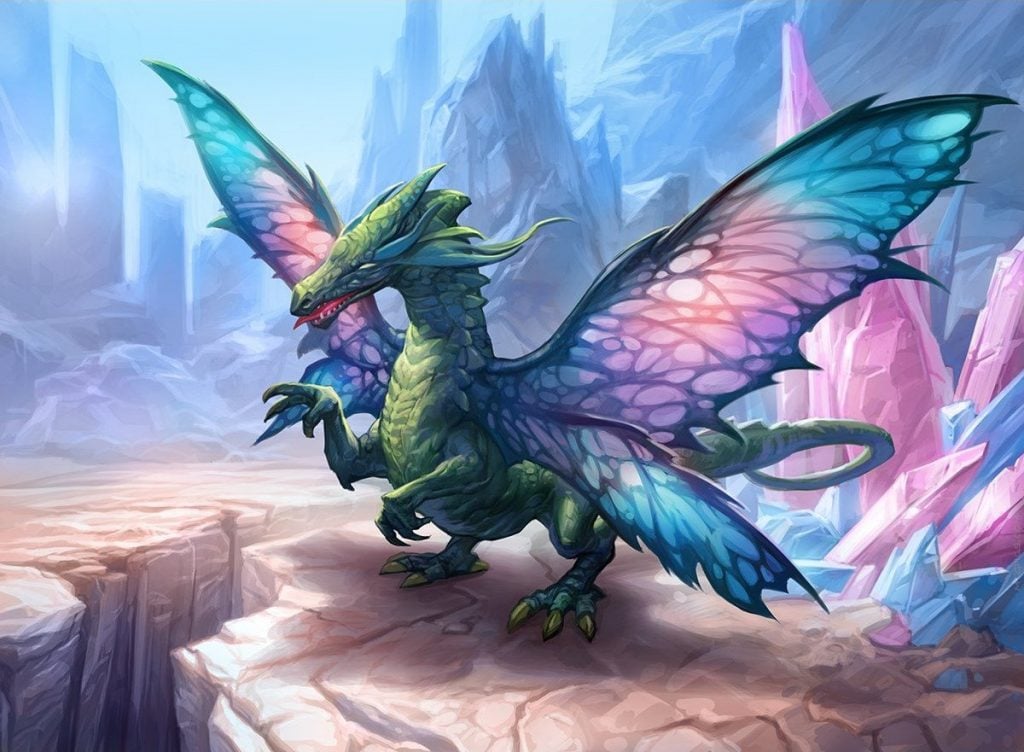
Sprite Dragon | Illustration by Gabor Szikszai
Creatures (16)
Monastery Swiftspear x4
Balmor, Battlemage Captain x4
Sprite Dragon x4
Dreadhorde Arcanist x4
Instants (19)
Consider x4
Opt x4
Shore Up x2
Play with Fire x4
Reckless Rage x4
Spikefield Hazard
Sorceries (4)
Lands (21)
Island x9
Mountain x8
Steam Vents x4
Izzet () spells is an adaptation of the mono red aggro deck, running a deeper package with cantrips and flyers. Blue adds explosiveness to the deck as Balmor, Battlemage Captain and Sprite Dragon are cheap creatures that pack quite the punch when you start chaining spells together.
Upgrades
This deck can overperform if you add some copies of Stormwing Entity and a few more lands since it doesn't need much more to get better at what it already does. Ledger Shredder is also an excellent addition, but it fills almost the same role as Sprite Dragon. And in some cases, the latter is even better.
Soul-Scar Mage is also an excellent addition to this list.
Mono Black Sacrifice
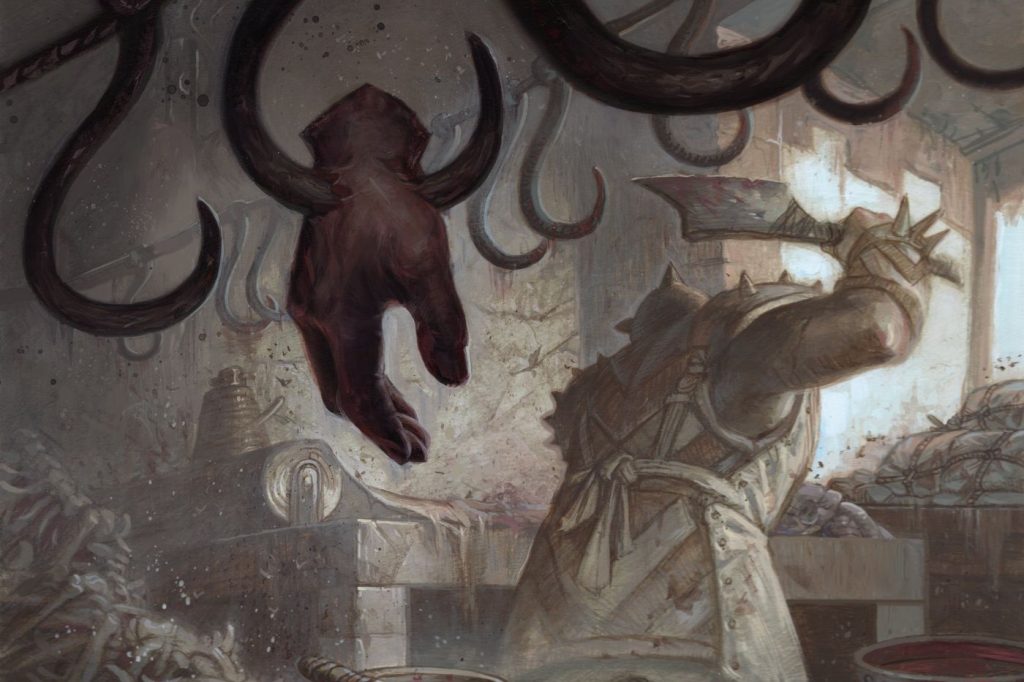
The Meathook Massacre | Illustration by Chris Seaman
Creatures (17)
Archfiend's Vessel
Cauldron Familiar x4
Eyetwitch x4
Shambling Ghast x4
Fell Stinger x4
Instants (15)
Fatal Push x4
Village Rites x4
Deadly Dispute x4
Heartless Act x3
Sorceries (4)
Enchantments (2)
Artifacts (4)
Witch's Oven x4
Lands (18)
Swamp x18
I love using lessons, and mono black sacrifice can quickly go over your opponents by taking advantage of the sacrifice engine. The only two mythics you need are two The Meathook Massacres, since Blood Artist isn’t legal in Explorer. Not to mention that it still wants to use the drain effect from your creatures dying.
Upgrades
This deck could use Hive of the Eye Tyrant and Thoughtseize to give your opponents a more challenging time. Lolth, Spider Queen is also a good payoff for the sacrifice engine.
Dimir Rogues
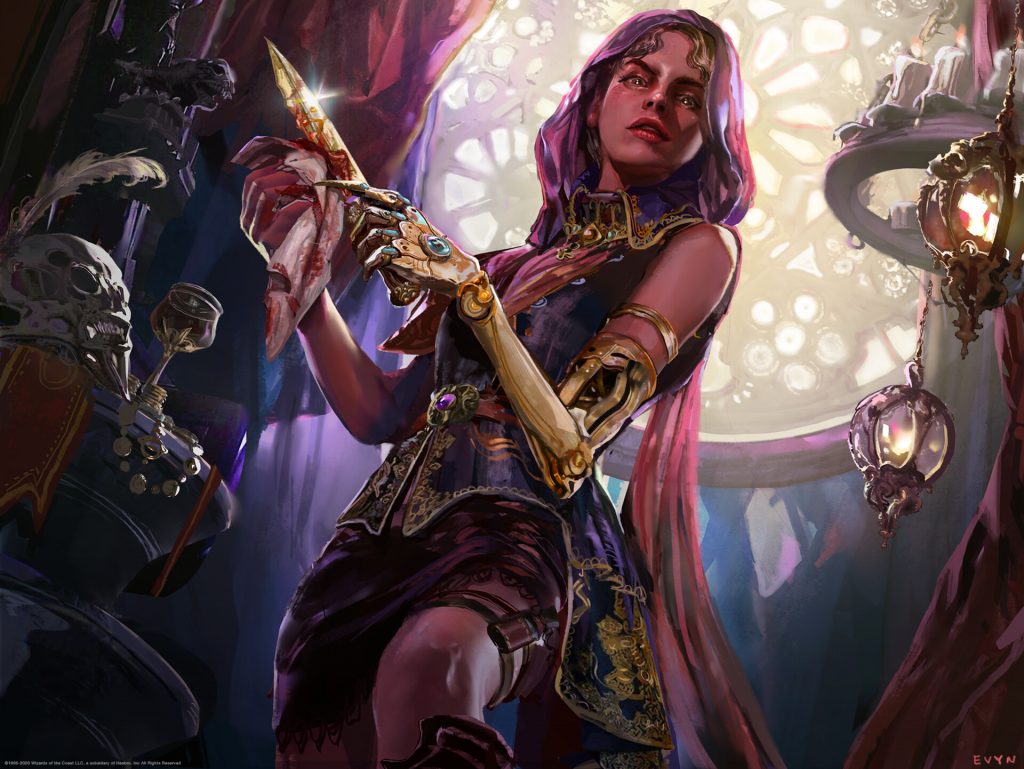
Thieves' Guild Enforcer | Illustration by Evyn Fong
Creatures (16)
Merfolk Windrobber x4
Ruin Crab x4
Thieves' Guild Enforcer x4
Soaring Thought-Thief x4
Instants (18)
Fatal Push x4
Drown in the Loch x4
Eliminate
Heartless Act x3
Mystical Dispute x2
Into the Story x4
Sorceries (2)
Of One Mind x2
Lands (24)
Fabled Passage x2
Island x9
Swamp x9
Watery Grave x4
Dimir () rogues is surprisingly well positioned in the meta as a tempo deck with a solid removal and card advantage engine package.
Some of you may remember this archetype from how it played out during its premiere in Standard. In case you don’t, let me inform you that this deck is the real deal. You have multiple ways to win games, and more than one opponent will scoop when they see you coming.
Upgrades
Like other 2-color decks, the upgrades for this one mainly consist of its mana base. And you’ll quickly see how much smoother the deck can run as soon as you craft the lands.
In particular I'd recommend Agadeem's Awakening. It can serve as both a land and a recursion spell to get you back in the game.
Simic Tempo
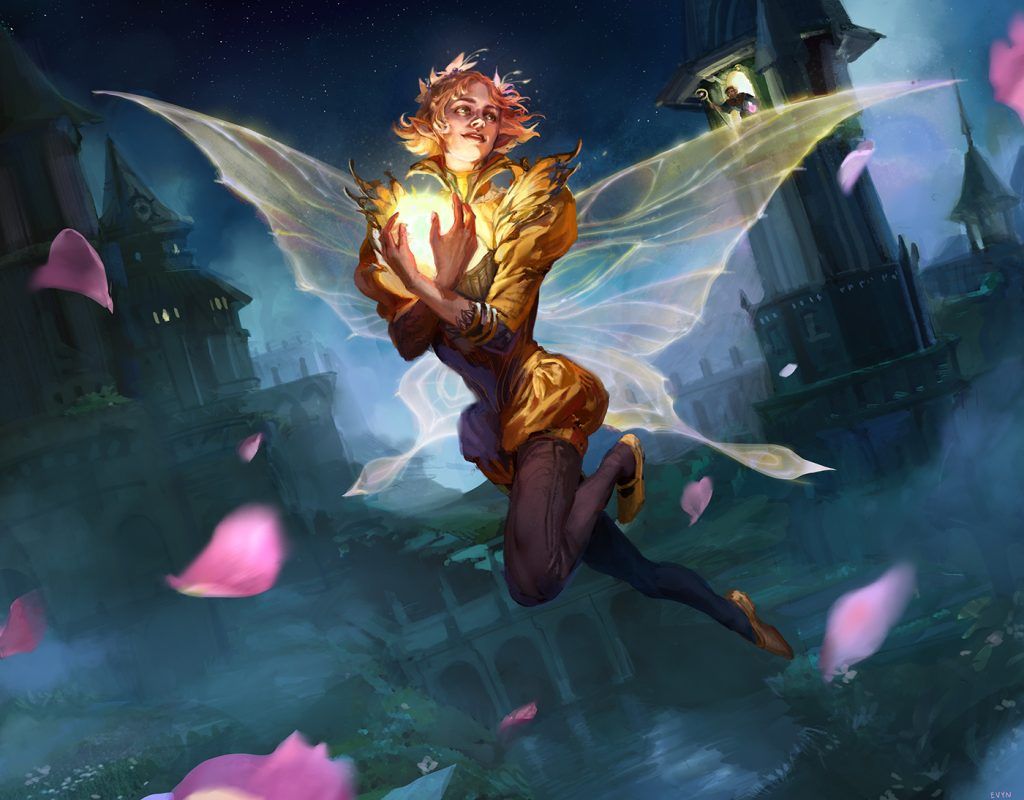
Ivy, Gleeful Spellthief | Illustration by Evyn Fong
Creatures (16)
Spectral Sailor x4
Faerie Vandal x4
Stormchaser Drake x4
Ivy, Gleeful Spellthief x4
Instants (16)
Dive Down x4
Fading Hope x4
Shore Up x4
Lofty Denial x4
Enchantments (8)
Combat Research x4
Curious Obsession x4
Lands (18)
Like mono blue tempo, Simic () tempo relies on cheap creatures to deal damage. The exciting thing is that it also behaves as a pseudo-Voltron strategy that can provide you with almost infinite amounts of cards if the stars align correctly.
This is by far one of the most explosive budget decks, and a very annoying one to face.
Upgrades
The neat part about this deck is that the only upgrades it needs are the lands in the form of Yavimaya Coast, Breeding Pool, and Botanical Sanctum.
Izzet Iconoclast
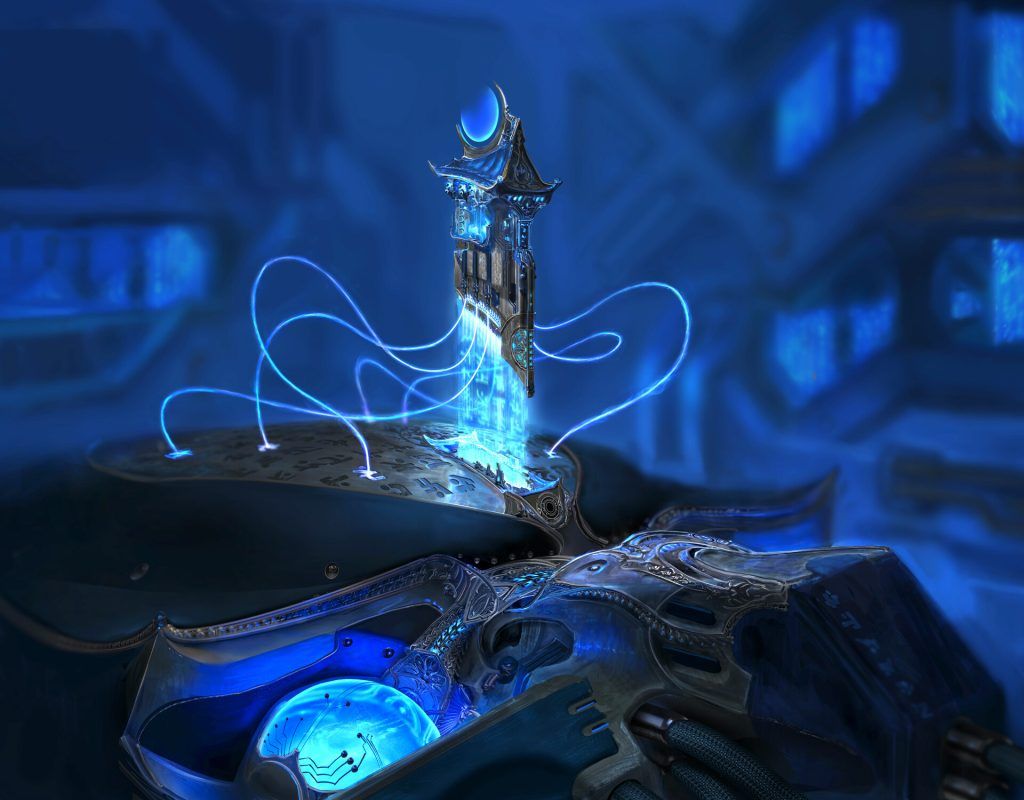
The Reality Chip | Illustration by Campbell White
Creatures (17)
Ornithopter x2
Glint-Nest Crane x3
The Reality Chip x4
Third Path Iconoclast x4
Emry, Lurker of the Loch x4
Instants (4)
Artifacts (19)
Tormod's Crypt x2
Mishra's Research Desk x4
Soul-Guide Lantern
Springleaf Drum x4
Moonsnare Prototype x4
Witching Well x4
Lands (20)
This deck is a wild one. Your game plan is to go off with The Reality Chip once you have a Third Path Iconoclast in play to start creating a massive army to overrun your opponents. Metallic Rebuke is a must to protect everything while you are at it.
Upgrades
Sai, Master Thopterist, Mox Amber, and some general rare lands are upgrades you can make to this deck to get even more explosive results.
Boros Convoke
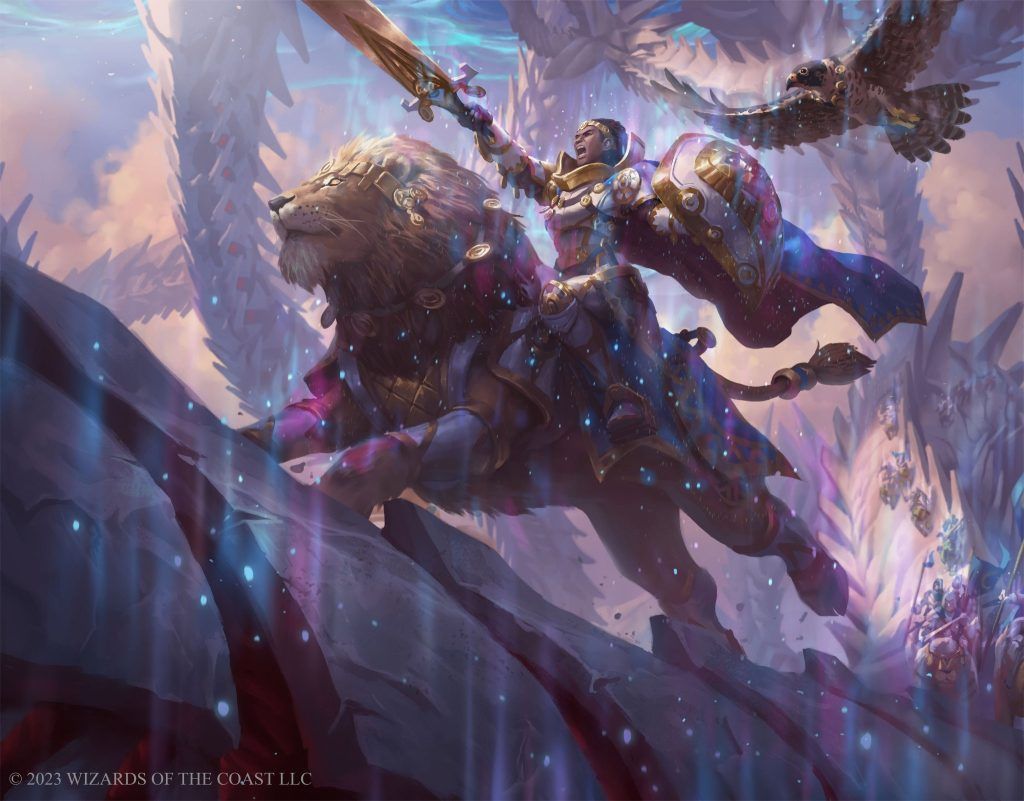
Knight-Errant of Eos | Illustration by Kevin Sidharta
Creature (32)
Ornithopter x4
Thraben Inspector x4
Voldaren Epicure x4
Clarion Spirit x4
Resolute Reinforcements x4
Regal Leosaur x4
Imodane's Recruiter x4
Knight-Errant of Eos x4
Sorcery (8)
Gleeful Demolition x4
Forbidden Friendship x4
Instant (1)
Land (19)
Mountain x8
Plains x7
Sacred Peaks x4
The introduction of Knight-Errant of Eos birthed a new archetype that became popular in the form of Boros convoke.
This budget version relies on token makers like Gleeful Demolition, Clarion Spirit, and Forbidden Friendship to fill the board with tokens, which you can then use to one-shot your opponents with cards like Imodane's Recruiter or Regal Leosaur.
Upgrades
The apparent upgrade for this deck has to be the lands, as slow mana is realistically the only thing that can stop this deck from steamrolling your opponents.
Other than that, cards like Venerated Loxodon can help to pump your little creatures to push more damage, and some copies of Legion's Landing only improve your deck performance.
Rakdos Sacrifice
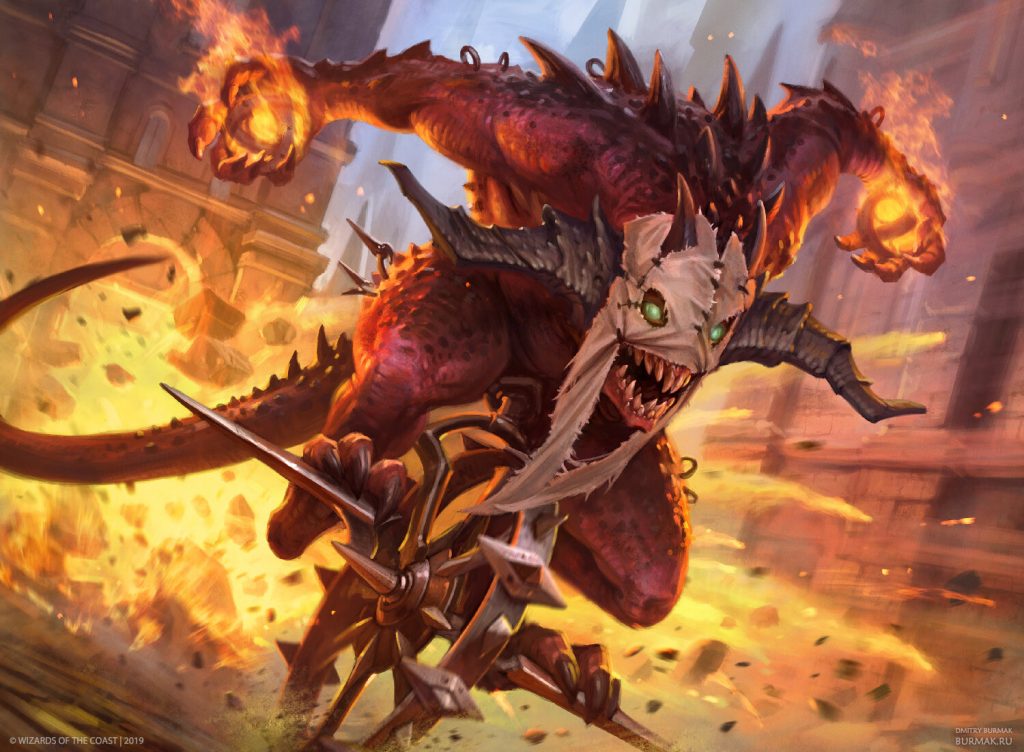
Mayhem Devil | Illustration by Dmitry Burmak
Creature (12)
Cauldron Familiar x4
Voldaren Epicure x4
Mayhem Devil x4
Instant (12)
Fatal Push x4
Village Rites x2
Voltage Surge x2
Deadly Dispute x4
Sorcery (4)
Artifact (12)
Experimental Synthesizer x4
Witch's Oven x4
Oni-Cult Anvil x4
Land (20)
Blood Crypt x4
Mountain x8
Swamp x8
I saved the best for last, and that’s Rakdos () sacrifice. The funny thing about this deck is that the only cards missing are some lands and Thoughtseize. But make no mistake; this deck still has the potential to match its best version even without them.
Everyone already knows how powerful the interaction between Cauldron Familiar and Witch's Oven is. That interaction can be exploited even further with the addition of Oni-Cult Anvil and Mayhem Devil.
This deck also uses an old strategy called “steal and sac.” Claim the Firstborn can get rid of a pesky blocker or threat from your opponent's side of the field while giving you some value.
Upgrades
The obvious upgrades for this deck are the lands and Thoughtseize. But if you want to go a bit further, Ob Nixilis, the Adversary can fit into the strategy perfectly. And then you can start adding colors to support Jund (), and even add Gilded Goose and Trail of Crumbs.
I also highly recommend crafting the base of this deck and its upgrade choices because it's already a staple of Explorer, and a solid deck in Historic.
Wrap Up
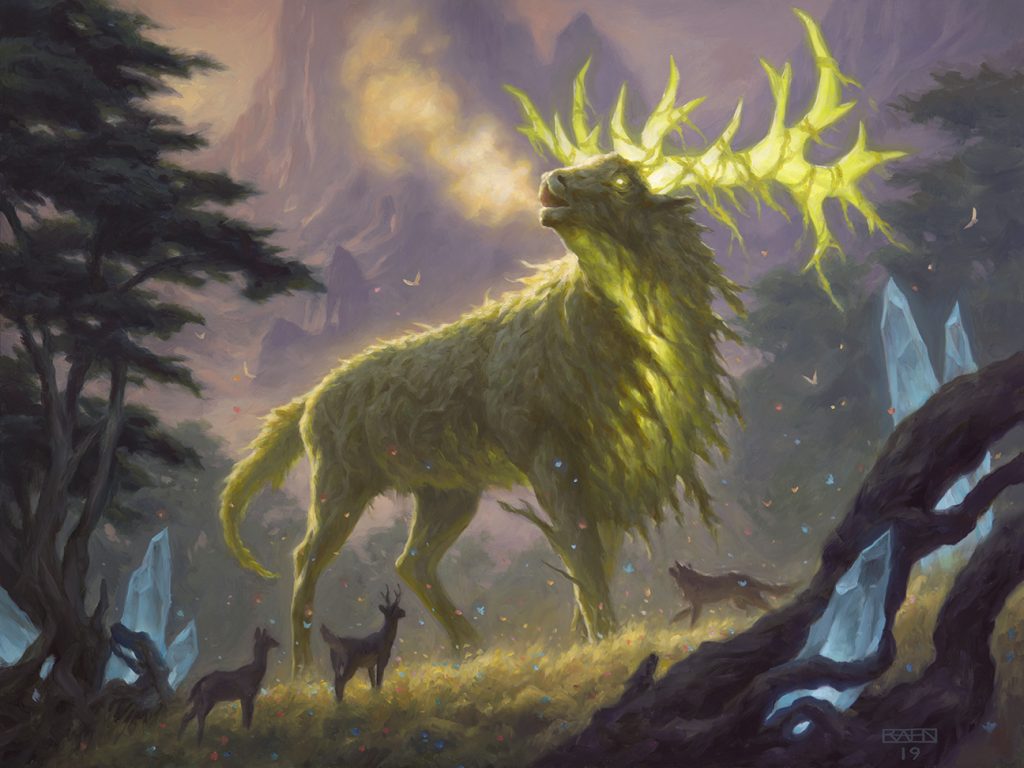
Jegantha, the Wellspring | Illustration by Chris Rahn
I hope you enjoyed these decks, and that you have fun and win in your testing!
Let me emphasize again that your main goal with these lists is to craft a solid mana base, and the shock lands are the ones you should probably be crafting first. They’ll serve you well for future decks.
What do you think? Was there a list in particular that caught your attention? Let me know in the comments down below. And Arena Tutor is a must if you’re looking for an app to track your decks and changes while you pilot these.
Thanks for reading, and I hope you had a fun time. I’ll see you again in the next one. Take care!
Follow Draftsim for awesome articles and set updates: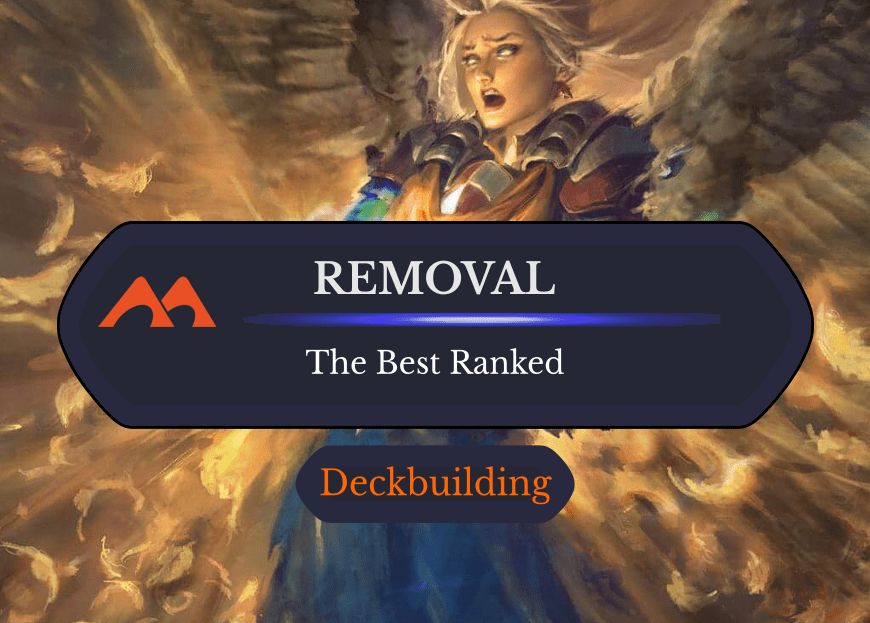

Add Comment